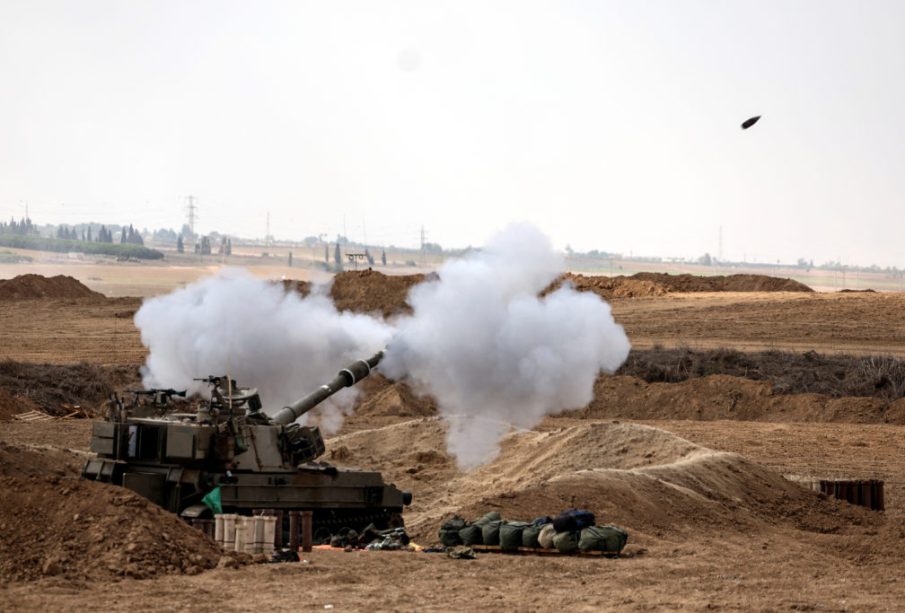Understanding Hamas: Its Role and Current Situation

Introduction
Hamas, a Palestinian Islamist political organisation and militant group, has been a central player in the ongoing Israeli-Palestinian conflict. Its activities and policies significantly influence regional politics and impact global security. Understanding Hamas and its current situation is crucial in grasping the complexities of the Middle East.
The Formation and Objectives of Hamas
Established in 1987 during the First Intifada, Hamas aims to represent the Palestinian people. It seeks to establish an Islamic state in historical Palestine and has opposed the existence of Israel, viewing itself as a resistance movement against occupation. The group operates both a military wing, the Izz ad-Din al-Qassam Brigades, and a political wing, demonstrating its dual role in governance and militant activities.
Hamas and Governance
After winning a majority in the 2006 Palestinian legislative elections, Hamas assumed control of the Gaza Strip, leading to a rift with the rival Fatah party. The blockade imposed by Israel and Egypt, along with internal governance challenges, has turned Gaza into a humanitarian crisis hotspot. Economic hardships, isolation, and military conflicts have raised questions about Hamas’s sustainability and governance capabilities.
Current Developments and International Response
The situation escalated dramatically in 2021 with an eleven-day conflict between Hamas and Israel, sparked by tensions in Jerusalem. This confrontation led to significant casualties and destruction in Gaza. The international community remains divided on its approach to Hamas, with some countries designating it a terrorist organisation and others recognising its role in Palestinian society. Efforts for ceasefires and peace negotiations continue but face many hurdles.
Conclusion
Hamas remains a pivotal force in Middle Eastern politics, influencing peace efforts and regional stability. The group’s future will likely evolve depending on military dynamics, governance challenges in Gaza, and international diplomatic efforts. Understanding Hamas’s complexities is essential for any discourse on achieving lasting peace in Israel and Palestine. As the situation evolves, observers must remain attuned to how Hamas adapts to a changing geopolitical landscape.








